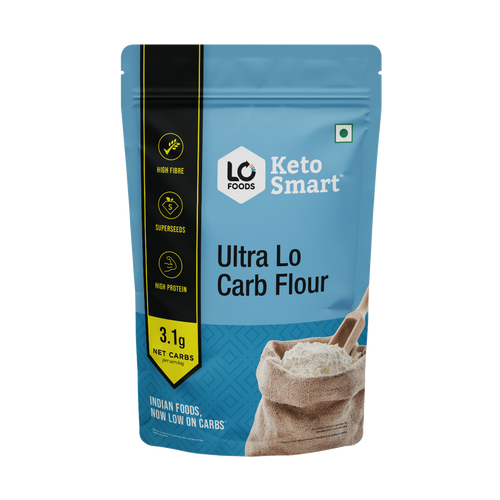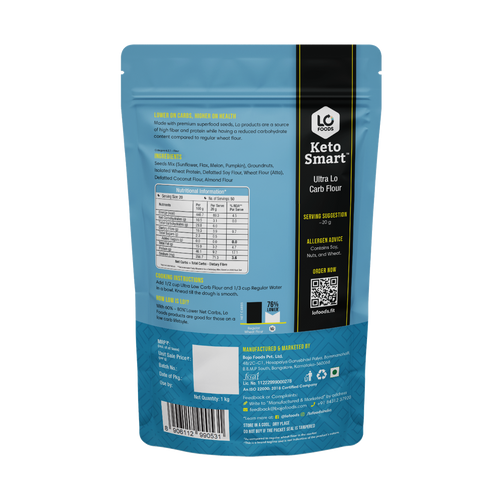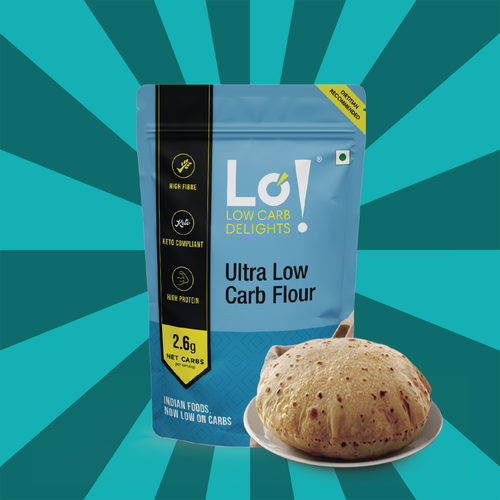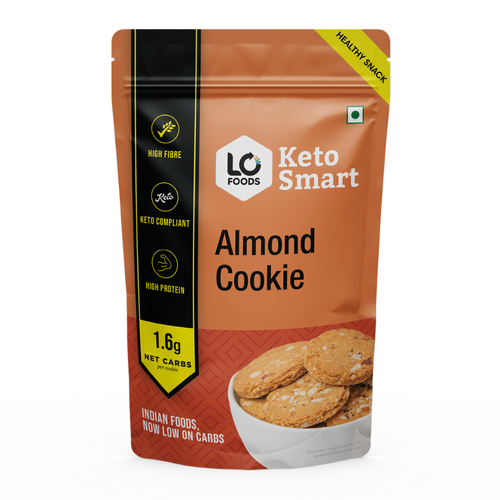
Common Myths About Millets and the Truth Behind Them
Millets, ancient grains celebrated for their nutritional richness, are making a strong comeback in modern diets. However, alongside their growing popularity, a number of myths and misconceptions have emerged. Many people hesitate to include millets in their daily meals simply because of misinformation. Clearing up these myths is essential to appreciate the true value of these humble grains.
Understanding the facts behind these myths helps individuals make better dietary choices and embrace a healthier lifestyle.

Myth 1: Millets Are Only for the Poor
Historically, millets were called "coarse grains" and associated with rural diets. This led to the perception that millets are inferior compared to polished rice or refined wheat. In reality, millets are nutritional powerhouses packed with fiber, minerals, and antioxidants. The global wellness community now views millets as premium health foods that can prevent lifestyle diseases.
Labeling millets as "poor man's food" ignores their extraordinary health benefits and their ability to meet modern nutritional needs better than many commonly consumed grains.
Myth 2: Millets Are Difficult to Cook and Not Tasty
Many assume that cooking with millets is complicated and that they don't taste good. The truth is that millets are versatile and easy to prepare. Different varieties like foxtail, little, and barnyard millet cook quickly and can replace rice in most recipes. From fluffy millet pulao to soft millet rotis, these grains adapt beautifully to various cuisines.
Taste, too, can be enhanced by proper cooking methods like soaking, roasting, or fermenting, which bring out their natural nutty and earthy flavors.
Myth 3: Millets Cause Thyroid Problems
A common concern is that millets, especially pearl millet (bajra), interfere with thyroid function due to their goitrogenic compounds. However, this effect is observed only when consumed excessively and without proper preparation. Soaking, fermenting, and cooking millets reduce goitrogen levels, making them safe for most people.
In balanced quantities and with a diversified diet, millets not only support metabolism but also provide crucial nutrients like magnesium, phosphorus, and iron needed for thyroid health.
Why Misinformation About Millets Spreads
Several factors contribute to myths gaining traction:
-
Lack of Awareness: Many people are unfamiliar with how to cook or incorporate millets.
-
Urban Food Bias: Preference for polished, packaged foods sidelines traditional grains.
-
Scientific Misinterpretations: Early studies without context led to exaggerated concerns.
Correct education and reintroducing traditional knowledge are essential to overcoming these barriers.
Symptoms of Millet Deficiency in Modern Diets
Excluding millets from the diet can lead to subtle health imbalances. The absence of these nutrient-dense grains may contribute to:
-
Sluggish Digestion: Lack of fiber from refined grains causes constipation and bloating.
-
Frequent Hunger Pangs: Low satiety from fast-digesting carbs like white rice and maida.
-
Micronutrient Deficiencies: Missing key minerals like magnesium, iron, and zinc.
-
Weight Management Issues: Lack of complex carbs and fiber disrupts metabolic balance.
Reintroducing millets can counteract these symptoms and restore vitality.
Comparing Nutritional Value: Millets vs. Common Grains
To better understand why millets deserve a place in modern diets, here's a simple nutritional comparison:
|
Nutrient |
Millets (avg) per 100g |
White Rice per 100g |
Wheat Flour per 100g |
|---|---|---|---|
|
Dietary Fiber |
7-10g |
0.4g |
2.4g |
|
Protein |
8-11g |
6.8g |
9.6g |
|
Glycemic Index |
50-55 |
73 |
70 |
|
Magnesium |
110mg |
23mg |
22mg |
|
Iron |
3-5mg |
0.8mg |
3.5mg |
Millets clearly stand out, offering better fiber, minerals, and lower glycemic impact compared to polished rice and wheat flour.
Myth 4: Millets Are Only Suitable for Weight Loss Diets
While millets are beneficial for weight watchers, they are equally valuable for growing children, athletes, elderly individuals, and those recovering from illnesses. Their high nutritional density makes them ideal for boosting immunity, strengthening bones, improving digestion, and enhancing overall vitality.
Their flexible nature allows them to fit into a variety of nutritional plans, not just weight loss regimens.
Causes Behind Resistance to Millet Adoption
Despite their benefits, millets have yet to reclaim a major place in mainstream diets due to:
-
Taste Preferences: Familiarity with soft, processed foods over traditional grains.
-
Lack of Knowledge: Not knowing simple millet recipes or preparation techniques.
-
Misinformation Campaigns: Promotion of refined foods by commercial industries sidelining natural foods.
Understanding these causes helps in designing better health campaigns and making millet consumption more accessible.
Safe Millet Consumption Practices
Although millets are beneficial, mindful eating practices enhance their advantages:
-
Rotate Different Millets: Avoid overdependence on a single type.
-
Proper Preparation: Soak, ferment, or sprout millets to enhance nutrient absorption.
-
Moderate Portion Sizes: Combine millets with vegetables, proteins, and healthy fats for balanced meals.
This approach ensures maximum health benefits while preventing any possible minor drawbacks associated with excess consumption.

Practical Tips to Reintroduce Millets into Daily Life
Making millets a regular part of your diet doesn't have to be complicated:
-
Start Small: Replace one grain meal a day with a millet-based dish.
-
Experiment with Recipes: Try millet dosas, salads, upma, or rotis.
-
Educate Family Members: Share the health benefits to encourage acceptance.
-
Choose Fresh and Authentic Sources: Buy millets from trusted vendors to ensure quality.
A gradual, informed shift makes it easier to sustain millet consumption long-term.
Conclusion
Millets, wrongly dismissed for decades, are finally reclaiming their rightful place as nutritional champions. Myths surrounding their taste, preparation difficulty, and health impacts have no scientific basis when millets are consumed properly. Embracing these grains means tapping into a rich source of fiber, minerals, and antioxidants that modern diets desperately need. At Lofoods, the mission is to help everyone rediscover the power of traditional foods like millets in an informed and sustainable way, ensuring better health for generations to come.
This Blog post is an initiative by Lo! Foods, to provide accurate and Nutritionist / Doctor approved information related to Health. Lo! Foods is India's leading brand for Everyday Functional Foods. Foods designed for specific Health conditions or Needs. Lo! Foods also runs India's largest range of Low Carb Healthy Cloud Kitchens, under the brand names of Lo!, ProteinChef, ATH (All Things Healthy) and DiabeSmart.















Leave a comment
Your email address will not be published.